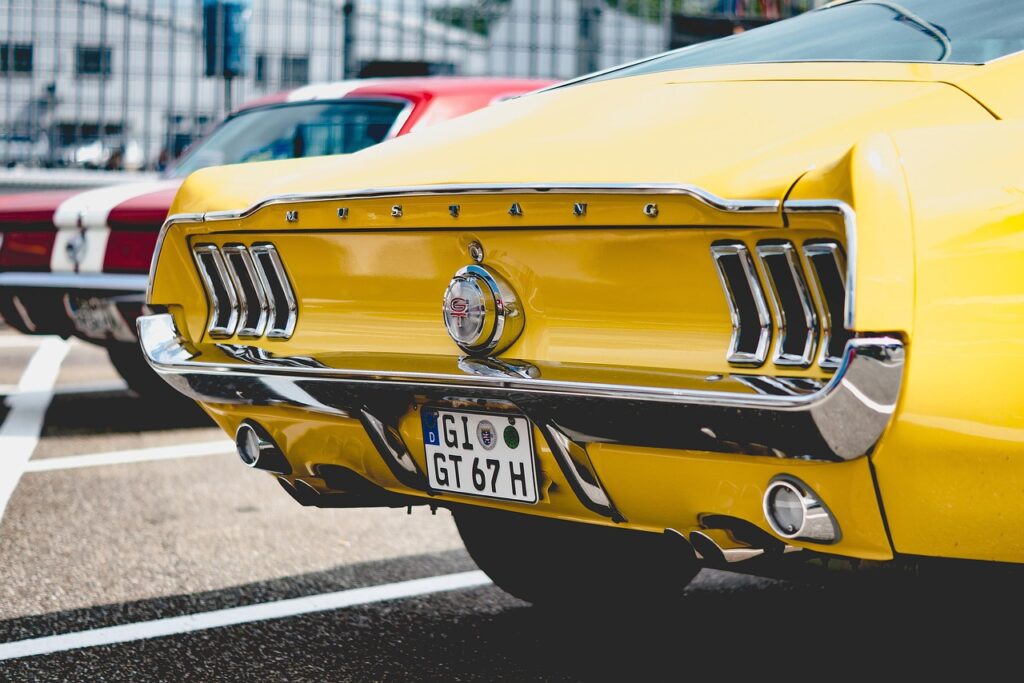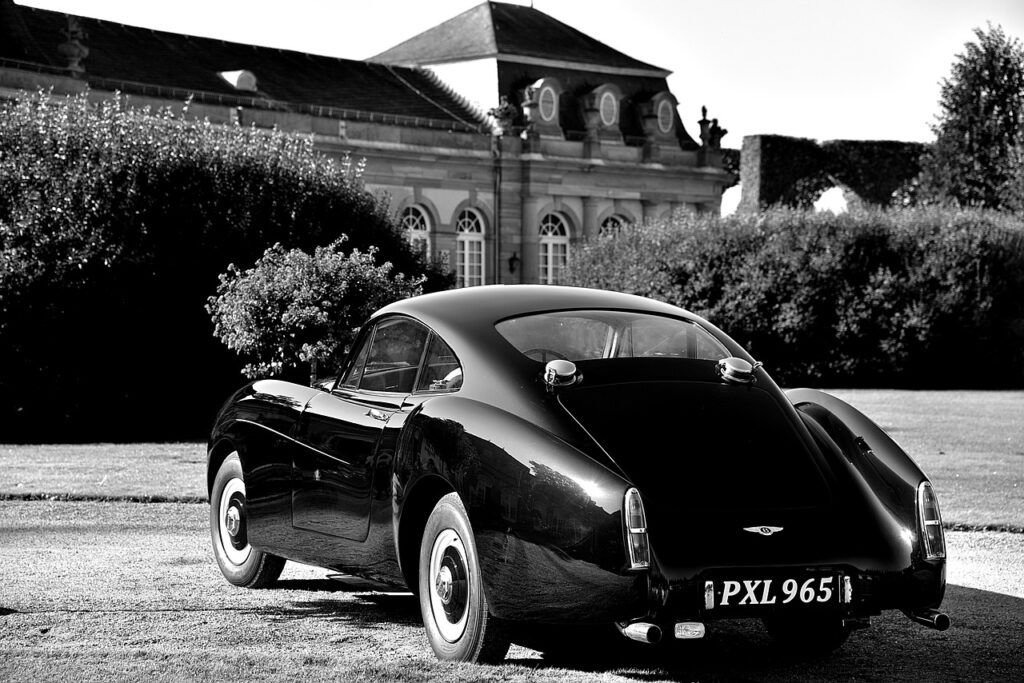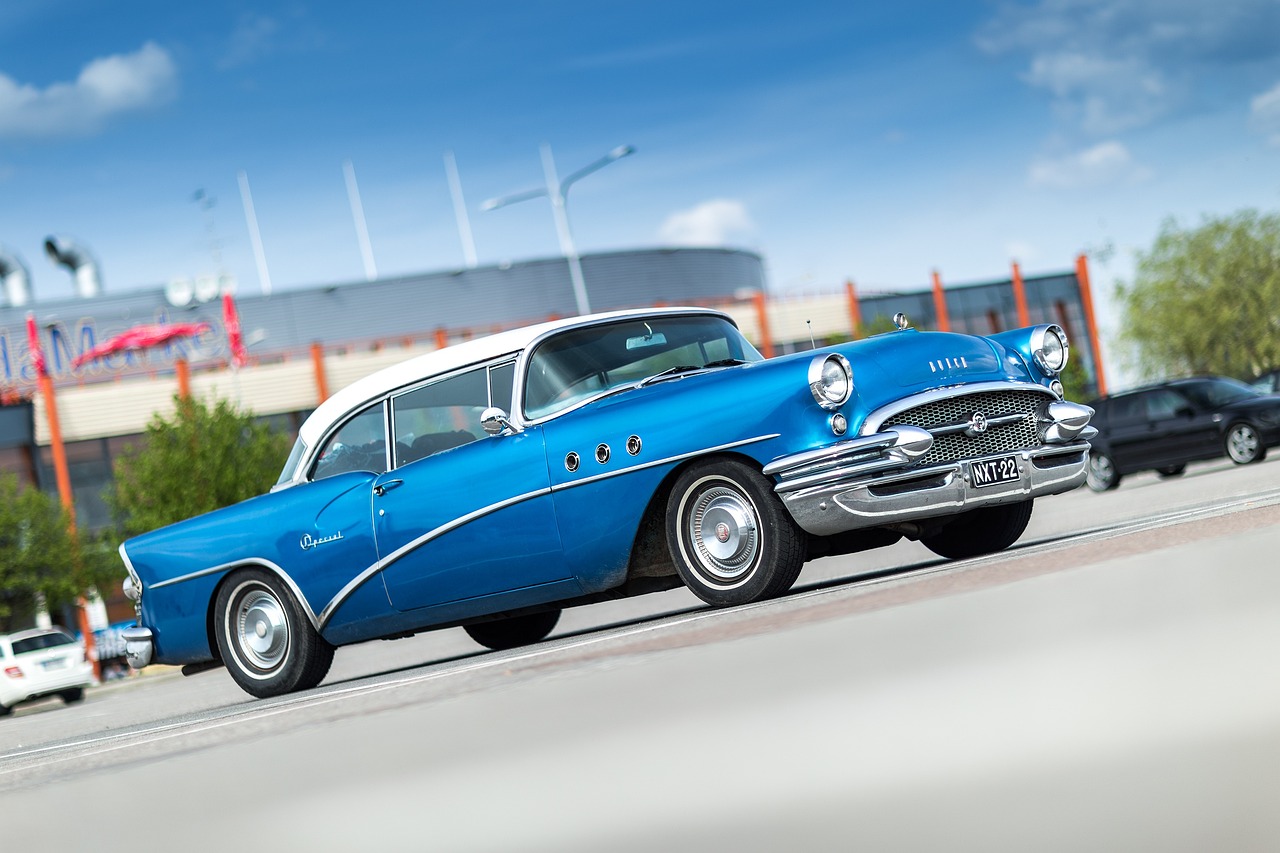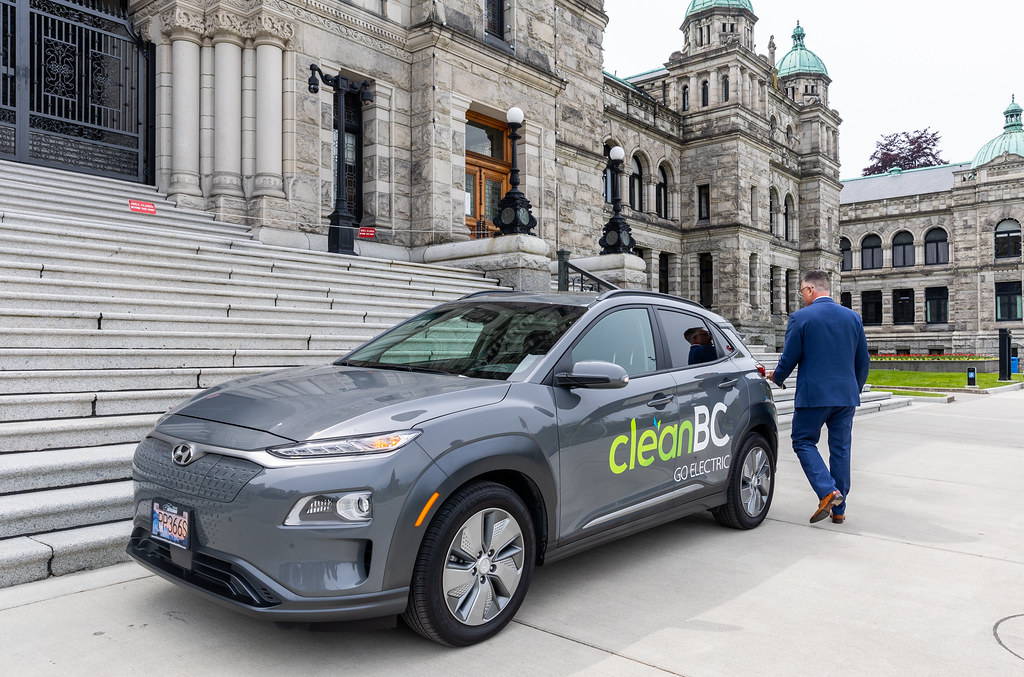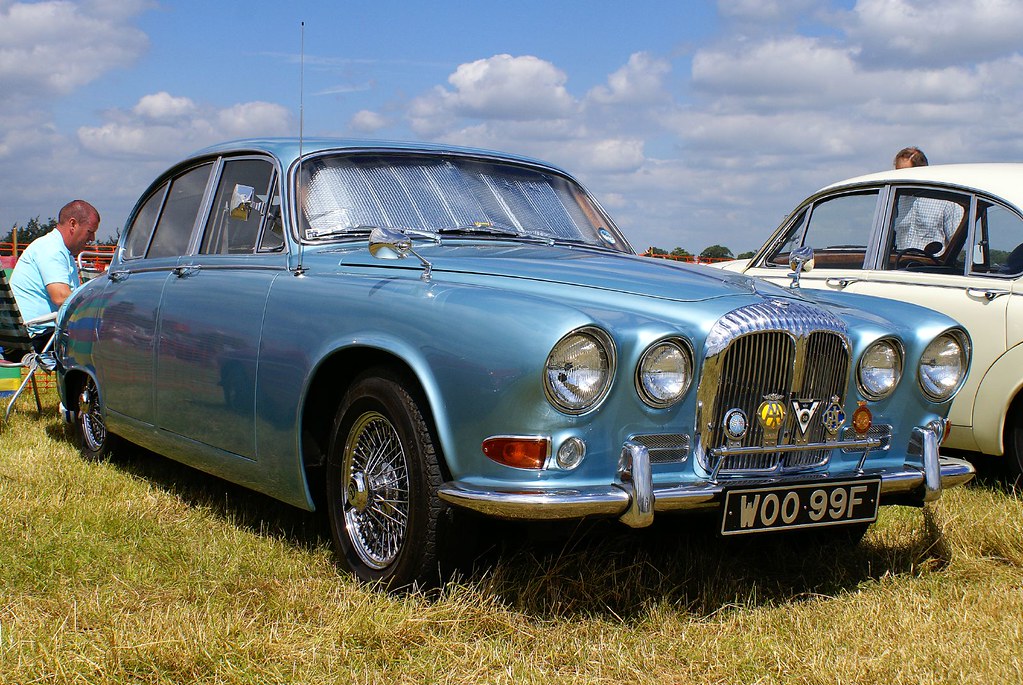
The classic car market, long cherished by enthusiasts for its unique blend of automotive history and aesthetic appeal, has increasingly captured the attention of a broader audience: investors. What was once primarily a passion-driven pursuit has evolved into a legitimate asset class, with classic vehicles demonstrating consistent value appreciation. This shift compels a deeper analytical dive into the mechanisms underpinning this financial phenomenon, moving beyond mere sentiment to understand the concrete drivers of value.
For both seasoned collectors and those new to the investment landscape, comprehending the multifaceted factors that elevate a classic car’s worth is paramount. The journey into classic car ownership, whether for pleasure or portfolio diversification, necessitates a rigorous evaluation of intrinsic attributes and external market dynamics. This article will systematically explore the key elements contributing to the rising valuations of these cherished automobiles, providing an authoritative perspective for those seeking to navigate this distinctive market.
The appeal of owning a piece of automotive history now extends beyond aesthetics, encompassing the appreciation of an asset that can grow significantly over time. This analysis will focus on several core trends and factors, drawn from comprehensive market observations and expert insights, that illuminate why classic cars are increasingly becoming valuable commodities in the global investment arena. Understanding these forces is crucial for anyone considering a foray into this captivating sector.
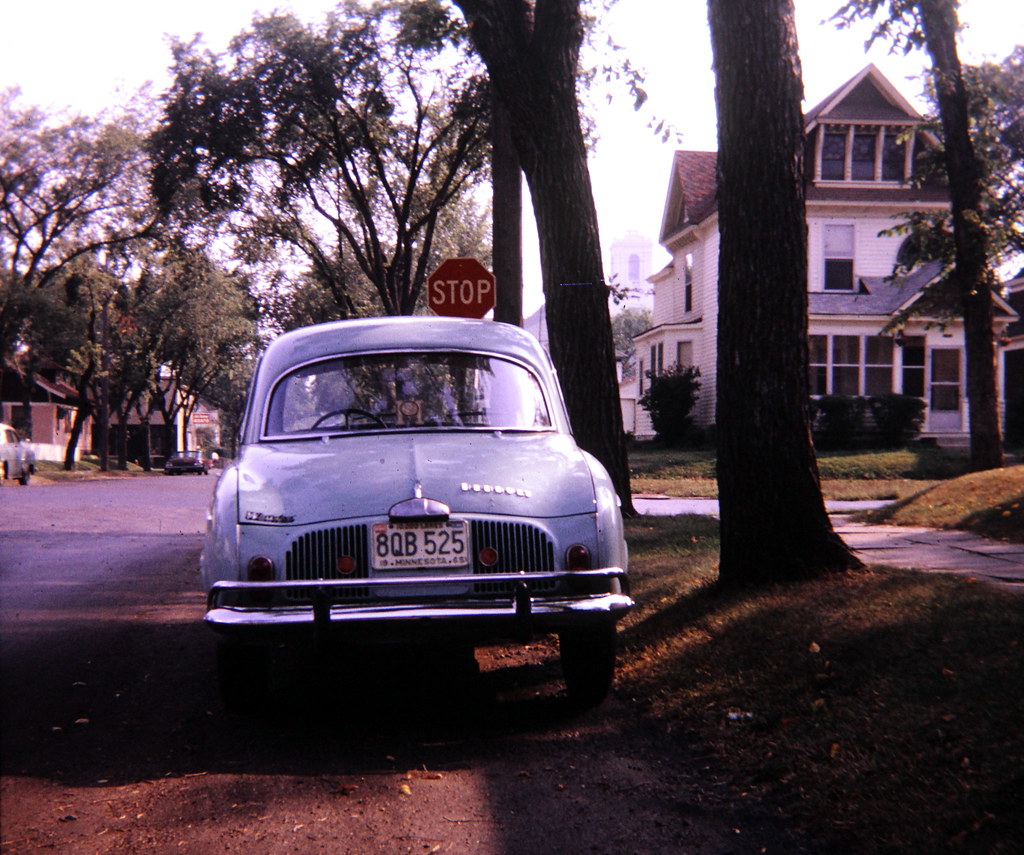
1. **Limited Supply**Classic cars are inherently finite in number, a fundamental economic principle that underpins much of their appreciating value. The production of these vehicles ceased decades ago, establishing a fixed, non-renewable pool of assets. This scarcity forms a crucial barrier to entry for new supply, setting the stage for value growth.
Over time, various factors further diminish the existing population of these historical machines. Wear and tear from use, unavoidable accidents, and regrettable neglect have cumulatively reduced the number of surviving models, making well-preserved examples increasingly rare. Consequently, examples that are well-preserved and maintain a high degree of originality become exceedingly rare and thus more desirable in the market.
This ongoing reduction in the number of roadworthy or restorable examples intensifies competition among collectors and investors. This diminishing pool means that each remaining example, particularly those in superior condition, commands a premium. The inherent finitude of classic cars, combined with natural attrition, creates an upward pressure on prices, distinguishing them from mass-produced modern vehicles whose supply is continually replenished.
This finite availability transforms classic cars into tangible assets with a scarcity value akin to fine art or rare artifacts. The fundamental lack of new production ensures that as demand grows, the existing supply cannot expand to meet it, driving valuations higher. For an investor, this limited supply represents a core reason why these vehicles can serve as a robust, appreciating asset within a diverse portfolio.
Read more about: Expert Insights: Understanding Why Baby Boomers Are Downsizing Their Classic Car Collections Amidst Market Shifts
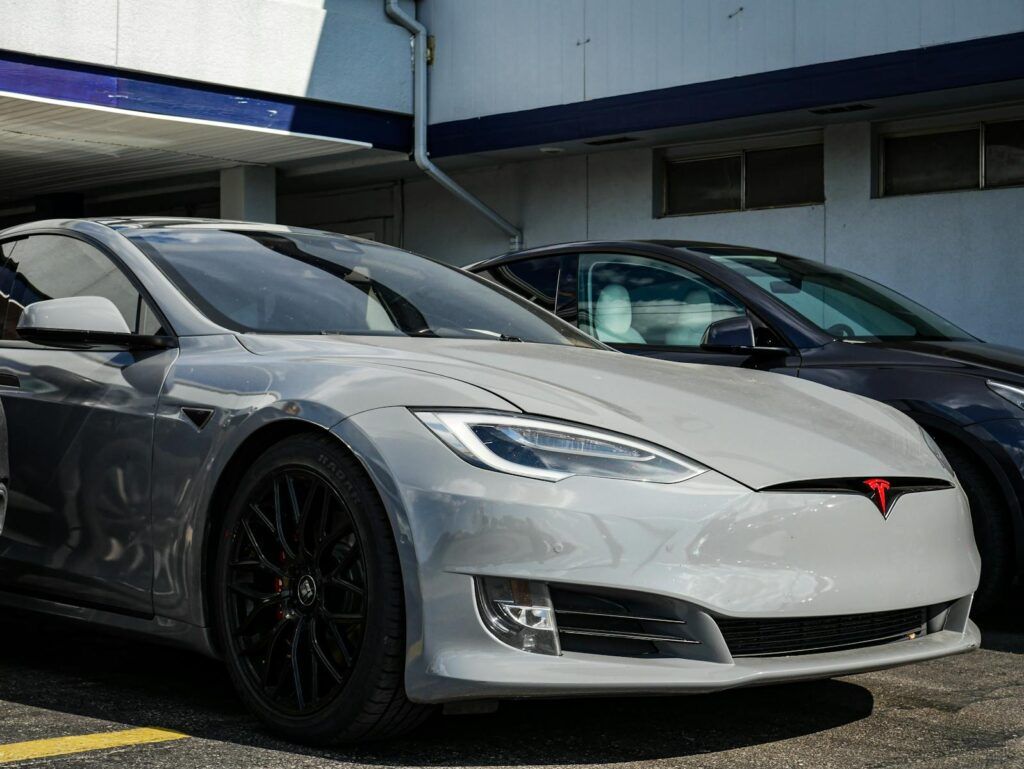
2. **Cultural Significance**Certain classic cars transcend their original function to attain iconic status, deeply embedding themselves within cultural narratives. This elevated status, often cemented by their prominent roles in movies, their association with significant cultural movements, or their groundbreaking designs, confers a timeless appeal that resonates across generations. Such vehicles become more than just transportation; they are symbols.
Vehicles like the Ford Mustang, the Chevrolet Corvette, and the Jaguar E-Type exemplify this phenomenon, possessing a universal recognition and admiration that few other automotive creations achieve. Their designs are instantly recognizable, their performance characteristics are legendary, and their presence evokes a sense of nostalgia and aspiration. This enduring allure contributes significantly to their sustained demand.
The cultural cachet of these models translates directly into market desirability, as collectors seek to own a piece of this shared heritage. This emotional resonance can often override purely rational economic considerations, with buyers willing to pay substantial premiums for cars that hold a special place in automotive folklore. The connection to broader cultural history elevates these vehicles beyond their mechanical components.
Furthermore, the cultural significance of a classic car ensures its continued relevance and visibility, maintaining a high profile within enthusiast communities and the general public. This sustained interest, fueled by historical narratives and iconic imagery, perpetuates demand and reinforces the car’s status as a valuable collectible. It’s a powerful, intangible asset that underpins market confidence and long-term value.
Read more about: Buckle Up! 15 Iconic Celebrity Car Collections That Are Pure American Cool

3. **Growing Demand**The classic car market is experiencing a notable surge in demand, driven by a confluence of factors that attract both traditional enthusiasts and new investors. As global wealth increases and individuals seek unique, tangible investments that offer diversification from conventional financial instruments, classic cars are increasingly viewed as an appealing option. This broadens the buyer base considerably.
Collectors from around the world are drawn to these vehicles, not solely for their historical value or design excellence, but also for their potential financial return. This growing international interest creates a more competitive marketplace, as buyers from diverse geographical regions and economic backgrounds vie for available models. The internet and global auction platforms have further facilitated this interconnected demand.
The increasing desire for authentic experiences and a tangible connection to the past also plays a role. In an increasingly digital world, the visceral experience of owning and driving a classic car offers a distinctive appeal. This emotional engagement, combined with the prospect of capital appreciation, makes classic cars an attractive proposition for a widening demographic.
This escalating demand acts as a primary catalyst for rising values. When more individuals are competing for a fixed or diminishing supply of assets, prices inevitably trend upwards. The classic car market, therefore, benefits significantly from this expanding collector base and the shift in investment preferences towards unique, heritage assets.
Read more about: Buckle Up! 15 Iconic Celebrity Car Collections That Are Pure American Cool
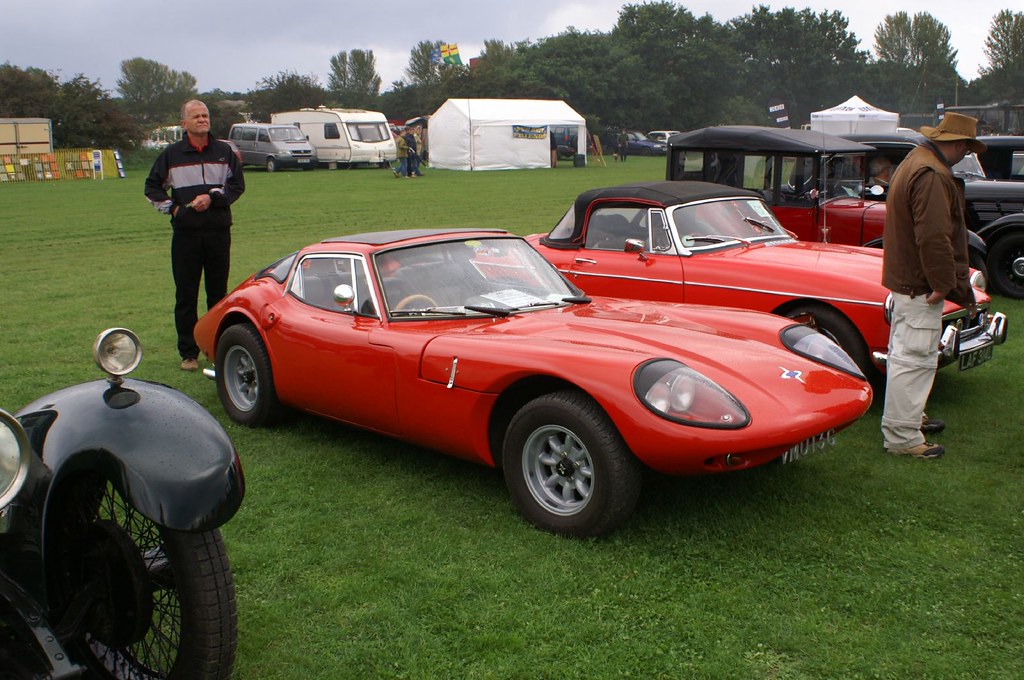
4. **Restoration Potential**The prospect of restoration is a significant, often underestimated, factor contributing to the rising value of classic cars. Enthusiasts and investors alike frequently seek out “restoration-ready” models, recognizing the considerable potential for significant appreciation after careful refurbishment. This transforms seemingly distressed assets into valuable projects.
Restoring a classic car is not merely about aesthetic repair; it is about breathing new life into a historical artifact and, crucially, enhancing its market value. When a restoration is executed with meticulous attention to original specifications and the use of authentic materials, it can dramatically increase the car’s worth. This process requires a deep understanding of the vehicle’s heritage.
The quality of restoration profoundly impacts a classic car’s final valuation, going beyond just how it looks. Paying close attention to the small details, demonstrating superior craftsmanship, and adhering strictly to the car’s original manufacturing state are critical. Such a diligent approach transforms a classic car into a true masterpiece, commanding higher prices in the collector market.
On the other hand, if a restoration isn’t up to par or doesn’t stick to the original specifications, the car’s value can go down. Any imperfections or changes from the original design can take away from the historical and visual charm that makes classic cars special. Thus, while restoration offers significant potential for value enhancement, it necessitates expertise and a commitment to authenticity to yield optimal financial returns.
Collectors seeking to maximize value often look for restoration-ready models with high potential, understanding that a well-executed refurbishment can significantly boost market appeal and overall worth. For example, restoring a vintage G Wagon not only enhances its usability but also notably increases its market appeal.
Read more about: Expert Insights: Understanding Why Baby Boomers Are Downsizing Their Classic Car Collections Amidst Market Shifts
5. **Rarity**Rarity, defined by limited production numbers or unique features, significantly impacts a classic car’s value by elevating its desirability among collectors. This factor goes beyond mere limited supply by focusing on the inherent exclusivity of specific models or configurations within that finite pool. The fewer examples initially produced, the harder they are to find today, driving up demand and commanding higher prices.
Limited-edition models, specialized variants, or vehicles with bespoke features are particularly prized within the collector car community. Their inherent scarcity fosters a competitive market environment where collectors are willing to pay a premium to acquire a piece of automotive history that few others possess. This exclusivity transforms these rare vehicles into highly coveted and valuable assets.
The concept of rarity also extends to factors like “number-matching” components. Original engine, brake, and frame numbers that align with factory records add a substantial premium. Such complete originality and historical integrity are highly sought after, as they confirm the vehicle’s authenticity and its unique place in automotive lineage, making it more distinctive than models with replaced or non-original parts.
Understanding a car’s rarity involves delving into its production history, specific option codes, and historical documentation. These details authenticate its unique status and can differentiate it significantly from more common variants of the same model. Collectors are willing to pay a premium to own a piece of automotive history that few possess, turning these rare vehicles into prized and valuable assets.
For investors, identifying and acquiring truly rare examples presents an opportunity for exceptional value appreciation, largely due to their unique market position and inherent scarcity. This principle, common in markets for other precious collectibles, applies directly to the classic car segment, where exclusivity can drive values considerably.
Having explored the foundational economic and cultural forces that propel classic car values, we now turn our attention to the specific characteristics and external market dynamics that critically influence these valuations. Understanding these nuanced aspects is essential for anyone seeking to navigate the collector car market with authority, whether as an investor or an enthusiast.
Read more about: Leonardo Da Vinci: Unveiling the Polymath – A Deep Dive into the Renaissance Master’s Enduring Legacy, Beyond His Iconic Canvas
6. **Condition**The physical state of a classic car stands as a pivotal determinant of its value, fundamentally shaping its appeal and market worth. This spectrum of condition, ranging from vehicles primarily useful for parts to those in pristine, original or perfectly restored states, directly bears upon a car’s desirability among a discerning audience of collectors and enthusiasts.
A car’s condition is not a monolithic concept; it is categorized into distinct grades, each signifying a different level of integrity and functionality. Vehicles designated as ‘Parts Cars,’ for instance, are undrivable and serve primarily as donors for components to restore other machines. A ‘Restorable’ car, while in poor condition, retains functional value as it possesses the potential to be returned to roadworthy status through extensive work.
Moving up the scale, a ‘Good’ car might require some restoration to truly maximize its market value. A ‘Very Good’ car, by contrast, is fully restored and operates in good working order, presenting a more refined example. These distinctions are not merely descriptive; they directly correlate with financial outlay and potential return.
‘Fine’ vehicles represent a higher tier, being fully restored and in good condition, yet crucially retaining many of their functional original equipment manufacturer (OEM) parts. The pinnacle is an ‘Excellent’ car, which is either perfectly restored to its factory specifications or remains in impeccable original condition, a true testament to its era and meticulous care. Such Concours-quality cars consistently command significant premiums over those in more common conditions.
Indeed, whether a vehicle is earmarked for an extensive restoration project, boasts a documented history of fastidious care, or stands as an untouched testament to its manufacturing period, its condition profoundly underscores the essence of its historical and aesthetic value. For accurate valuation, a realistic assessment and careful documentation of a car’s condition are paramount, as overstating its state can lead to incorrect value estimates.
Read more about: Mastering the Car Trade-In: An Expert’s Guide to Negotiating a Better Price for Savvy Buyers

7. **Provenance**Beyond the tangible attributes of a vehicle’s physical state, its provenance—or documented history—emerges as a powerfully influential factor in its valuation. This element delves into the car’s past ownership, significant appearances, and any unique narratives that elevate it beyond mere mechanics. A compelling story intrinsically links to heightened desirability and, consequently, a higher price in the collector market.
The impact of provenance is particularly evident when a classic car has been associated with notable individuals or events. If a vehicle was owned by a celebrity, featured prominently in a landmark film, or possesses a unique historical story, its desirability and market price often experience a substantial increase. This connection to cultural touchstones or significant personal histories transforms the car into an artifact with an enriched narrative.
This ‘story’ element cultivates an emotional resonance that transcends standard economic models. Collectors are often willing to pay a considerable premium to acquire a piece of automotive history that carries such an illustrious or distinctive background. It’s an investment not just in metal and craftsmanship, but in a slice of shared heritage or an exclusive narrative that few others can claim.
For investors and collectors alike, the rigorous authentication of provenance is non-negotiable. Meticulous documentation, including historical records, ownership papers, and photographic evidence, is crucial to verify these historical claims and imbue the vehicle with unimpeachable credibility. Without such substantiation, even the most captivating tales remain mere anecdotes, unable to fully capitalize on their potential market impact.
Read more about: Buckle Up! 15 Iconic Celebrity Car Collections That Are Pure American Cool
8. **Model Popularity**The enduring appeal of specific classic car models, often rooted in their iconic design, groundbreaking performance, or profound cultural significance, consistently drives their demand and, by extension, their market value. This sustained model popularity ensures that certain vehicles remain perennially coveted within the collector community, establishing a stable and competitive market.
Classic examples such as the Ford Mustang, the Chevrolet Corvette, and the Jaguar E-Type epitomize this phenomenon. The Ford Mustang, a quintessential American muscle car, is beloved for its distinctive style and exhilarating performance, defining the “pony car” in 1965 and delivering thrilling driving experiences ever since. Similarly, the Chevrolet Corvette has always been America’s most popular sports car, built for over 70 years, inspiring millions with the joy of driving and achieving legendary status across multiple generations.
Beyond these titans, other models exhibit similar magnetic appeal. The 1970s Porsche 911 is renowned globally for its engineering excellence and enduring popularity among enthusiasts, a testament to German precision. The Land Rover Defender, a rugged off-road icon, possesses a timeless appeal, especially in expertly restored or custom forms. Even the vintage Mercedes-Benz G-Class (G Wagon) captures attention with its blend of luxury and formidable off-road capability, having seen a notable surge in collector interest for its rugged charm and timeless design. The Ferrari Dino 246 GT, too, represents a classic Italian sports car whose design continues to captivate new generations of enthusiasts.
This consistent, widespread demand for particular models creates a robust market environment where valuations are inherently resilient. When a model enjoys such broad and sustained popularity, it reduces susceptibility to rapid value fluctuations, offering a degree of predictability and confidence for those considering an acquisition. Understanding which models possess this enduring allure is key to making informed decisions in the collector market.
Read more about: Buckle Up! 15 Iconic Celebrity Car Collections That Are Pure American Cool
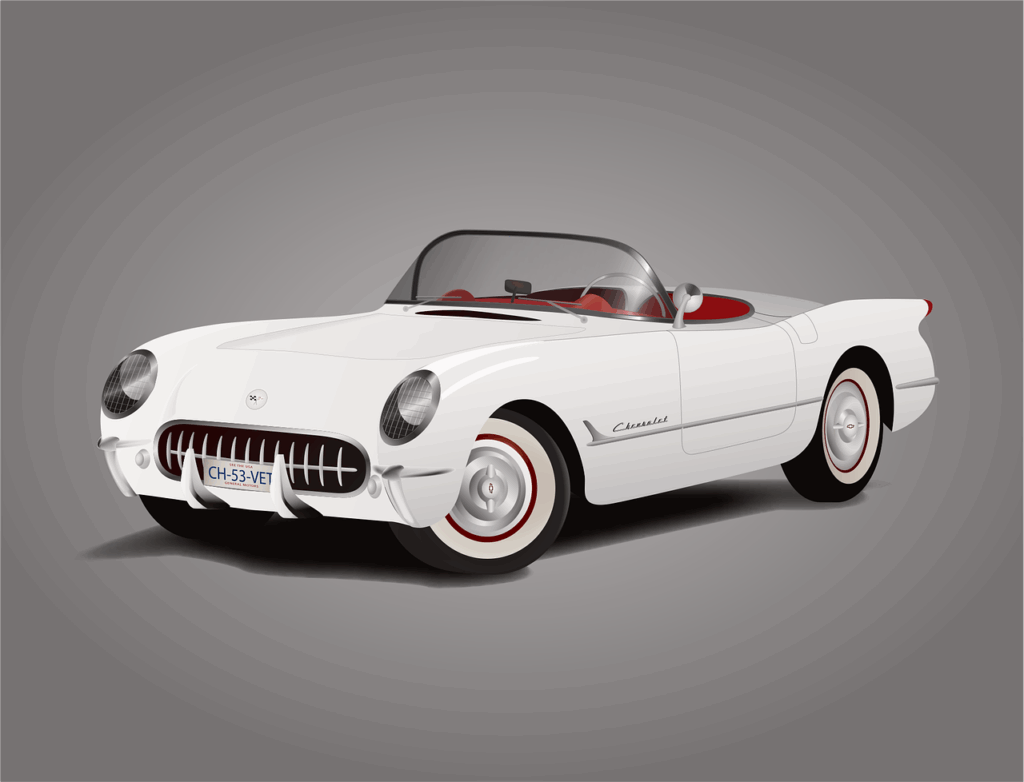
9. **Market Trends**The classic car market is a dynamic ecosystem, continuously shaped by evolving market trends that encompass broader economic conditions, shifting collector preferences, and the emergence of new niches. These external factors profoundly influence valuations, dictating which segments of the market gain momentum and which might stagnate or decline.
To accurately navigate this complex landscape, a deep understanding of these trends is indispensable. Authoritative sources like Hagerty meticulously monitor all aspects of the collector car industry, aggregating data from public auctions, private sales, dealer activity, and asking prices. This comprehensive approach provides analysts with the best possible view of market direction, highlighting, for example, the “fastest moving cars” based on recent updates to the Hagerty Price Guide, such as the 1967 Ferrari 330 GTC or the 1990 Mazda MX-5 Miata.
Emerging collector preferences often drive significant shifts. There is, for instance, a rising interest in 1970s–1990s collectibles, British sports cars, and rally icons. Furthermore, innovative trends such as the rise of electric conversions for classic cars have carved out entirely new niche markets for modified vehicles, reflecting a blend of traditional aesthetics with modern technology. Each year, Hagerty highlights vehicles positioned for appreciation, with recent picks including the 1964 Jaguar E-type, 2004 Lamborghini Gallardo, and the 1982 DeLorean DMC-12.
For both active participants and prospective investors, staying abreast of these market trends is paramount. Tools like the Hagerty Price Guide and various online valuation calculators provide invaluable insights, allowing individuals to track recent auction results, observe demand shifts, and gain a quick overview of current pricing for specific vehicles. These resources are updated regularly, offering timely data on value changes.
Ultimately, market trends serve as a powerful barometer of a classic car’s current and future investment potential. Diligent monitoring of these forces, combined with an understanding of a vehicle’s inherent rarity, condition, and provenance, empowers collectors to make strategic decisions. It allows them to capitalize on upward trajectories and mitigate risks, ensuring their passion translates into a financially sound pursuit.
Read more about: Navigating the Golden Years: Why Urban Seniors are Choosing Smaller Cars, and Our Top 12 Picks for 2025 and Beyond
The journey through the classic car market, as this comprehensive analysis has shown, is a fascinating blend of passion, history, and astute investment strategy. From the foundational principles of limited supply and cultural resonance to the intricate details of condition, provenance, model popularity, and dynamic market trends, each factor plays a crucial role in determining why these cherished vehicles continue to appreciate in value. For those drawn to the elegance of a vintage Ferrari, the rugged appeal of a Land Rover Defender, or the thrill of a classic Mustang, the pursuit of classic car ownership offers far more than just transportation. It presents a unique opportunity to own a tangible piece of history, to engage with a vibrant community, and to cultivate an asset that can truly enrich both a portfolio and a life. By embracing a detailed, informed approach, collectors can confidently navigate this captivating world, ensuring their automotive passions become a lasting legacy for generations to come.

